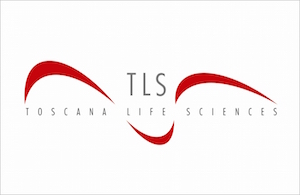The need to influence the processes of tissue repair to facilitate both the healing of wounds as well as the induction of the actual regeneration of damaged tissue following traumatic or pathological events (such as injuries, burning, surgical excision), has always been one of the major problems for those who deal with tissue reconstruction. Tissue engineering originated as an attempt to construct tissue and organs outside the human body, based on the fact that almost all animal cells can be cultivated in the laboratory. However, it should be remembered that cultured cells proliferate forming bidimensional layers only, which cannot be equipared to tissues, since these latter are three-dimensional structures having cells within or on their upper surface; therefore it is necessary to use artificial scaffolds in order to provide the cells with a suitable support (extracellular matrix) for tissue regeneration. It is obvious that it is extremely important to develop extracellular matrices able to provide an efficient means for the reconstruction of tissue that has been destroyed following traumatic or pathological events.
The extracellular matrix refers to a bioengineered or heterologous matrix able to permit stable bonds between cells and the matrix (proteic and/or polysaccharidic component). The porosity level permits the adsorption of the platelets and the proteins contained in the cryoprecipitate in order to achieve a therapeutic platelet concentration. Said platelet factors (fibrin glue, platelet gel, thrombin or a mixture thereof) can be either autologous or heterologous or recombinant. The preparation is formed “in situ” inside the matrix through the action, respectively, of the thrombin on the platelet concentrate and on the cryoprecipitate previously used to impregnate the matrix. The matrix prepared in this manner can be used immediately, or can be stored at a lower temperature at −25° C.
N.A.
Dermal matrix scaffold engineered as tool for tissue repair and regeneration. The dermal matrix scaffold is engineered with human platelet-rich plasma and provides a wound template for vascular and fibrocyte ingrowth that increases viability and proliferation of patient’s marrow-derived mesenchymal stem cells.
The extracellular matrix comprising human platelet derived growth factors is able to increase therapeutic efficacy reducing the inflammatory stage thus anticipating cell migration and proliferation. The result is a more efficient and rapid integration of the matrix until a structurally organized reconstruction of the neoformed tissue “in vivo” is achieved.







